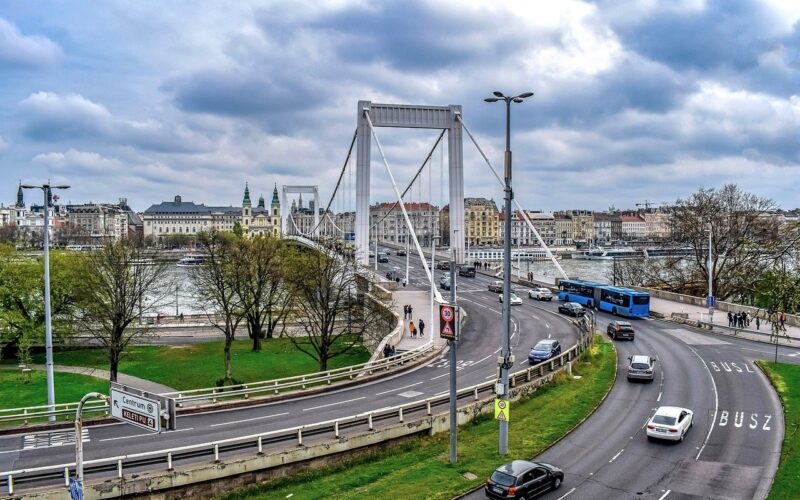Attempting to create cycle lanes in existing roads presents numerous challenges that urban planners and local governments must address. While the objective is to promote sustainable transportation and improve safety for cyclists, the integration of cycle lanes into already congested streets is fraught with difficulties.
Limited space in urban areas
One of the most significant challenges in creating cycle lanes in existing roads is the limited space available in urban areas. Cities are designed with a finite amount of roadway space, which is often already maximised for vehicles, pedestrians, and public transport. Introducing cycle lanes necessitates a reallocation of this space, which can lead to contentious decisions about which existing uses to prioritise. Narrower vehicle lanes, reduced parking spaces, and narrower pavements are all potential consequences of adding cycle lanes, each with its own set of controversies and logistical issues.
Impact on traffic congestion
Adding cycle lanes to existing roads can exacerbate traffic congestion, at least in the short term. Reducing the number of lanes available for vehicles or narrowing these lanes can slow down traffic flow, particularly during peak hours. Opponents often cite this as a significant downside, arguing that it could lead to increased travel times and frustration for drivers. However, proponents argue that once a critical mass of cyclists is achieved, there could be a long-term reduction in traffic congestion as more people opt for cycling over driving.
Financial constraints
Creating cycle lanes is not a cost-free exercise. The financial investment required for planning, designing, and implementing cycle lanes can be substantial. This includes costs for road markings, physical barriers, signage, and possibly even restructuring the road itself. For many local governments, securing this funding can be a major hurdle, especially when budgets are already stretched thin due to other infrastructure needs. Additionally, the long-term maintenance of these lanes adds another layer of financial consideration.
Public opposition and political will
Public opposition can be a formidable barrier to the implementation of cycle lanes. Residents and business owners may resist changes that they perceive as detrimental to their interests, such as reduced parking spaces or increased traffic congestion. Political leaders need to have the willpower to push through these changes despite potential backlash. Effective public consultation and education campaigns are essential to garnering public support and making the case for the long-term benefits of cycle lanes.
Safety concerns
Safety is both a motivation for and a challenge in creating cycle lanes. While the goal is to make roads safer for cyclists, poorly designed cycle lanes can sometimes exacerbate safety issues. For instance, cycle lanes that are too narrow, have inadequate separation from vehicle traffic, or are poorly maintained can pose significant risks to cyclists. Ensuring that cycle lanes are safely integrated into the existing road network requires meticulous planning and adherence to best practices in road design.
Balancing needs of all road users
Perhaps the most complex challenge is balancing the needs of all road users. Roads are used by vehicles, cyclists, pedestrians, and public transport, each with its own set of requirements and priorities. Achieving a harmonious balance is no small feat and often requires trade-offs. Planners must consider how changes will impact not just cyclists, but everyone who uses the road. This might include rerouting public transport, redesigning pedestrian crossings, and ensuring that emergency vehicles can still access all areas efficiently.
While the creation of cycle lanes on existing roads offers significant benefits in terms of promoting sustainable transport and improving cyclist safety, it is accompanied by a host of challenges. Limited space, traffic congestion, financial constraints, public opposition, safety concerns, and balancing the needs of all road users are all factors that must be carefully navigated. Addressing these challenges requires thoughtful planning, adequate funding, and strong political and public support. Only then can the full benefits of cycle lanes be realised, contributing to healthier and more sustainable urban environments.























